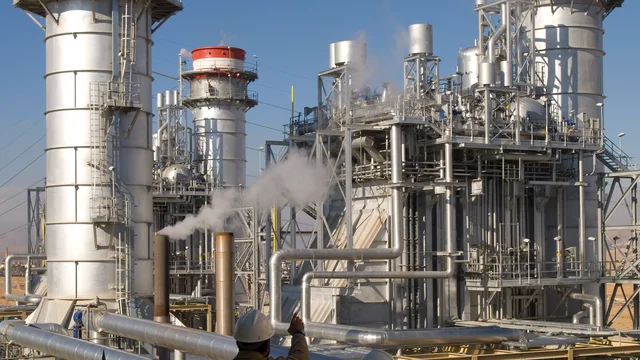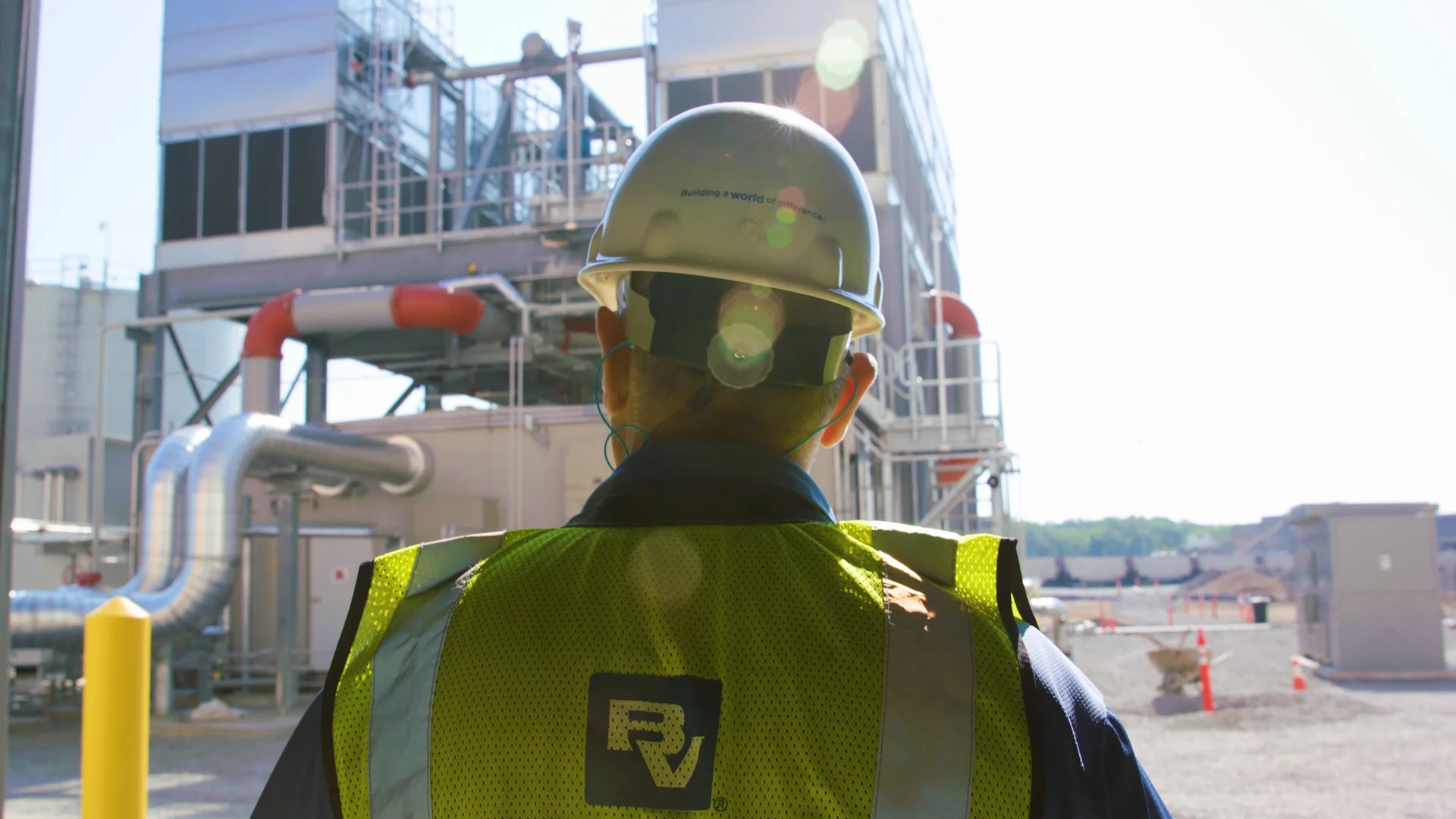Black & Veatch Designed First New Jordanian Combined Cycle Power Plant

- Project Name
- Samra Thermal Power Station
- Location
- Zarqa, Jordan
- Client
- Samra Electric Power Generating Company
Black & Veatch faced three complex challenges in helping Jordan meet its growing demand for electric power. A new combined cycle power plant had to be up and running on an aggressive time schedule. Project planning needed to carefully consider precious ground water in cooling the plant. And the location had to take a sensitive environment into account.
The Samra Thermal Power Station accomplished all those goals, and a lot more.
The demand for electricity in Jordan’s Hashemite Kingdom was growing. The Samra Electric Power Generating Company’s master plan called for adding 20 percent more power to the country’s total generation capacity. An alliance led by Black & Veatch needed to build a combined cycle power plant capable of burning fuel oil and natural gas.
The project was the largest ever awarded in Jordan. Black & Veatch was responsible for detailed design and site management. The company also handled startup and commissioning.
The project team got the plant to simple cycle operation on time and in combined cycle operation in less than a year after that. Black & Veatch’s combined cycle design was the first of its kind. It included two General Electric dual-fired (gas and fuel oil) gas turbine generators and two Nooter/Eriksen dual-pressure heat recovery steam generators. It also included a Fuji steam turbine generator for combined cycle operation. Power generated from burning natural gas has lower emissions and is a less expensive fuel to burn in comparison to fuel oil, even in the Middle East.
Ground water is scarce in this arid region. To address that concern, Black & Veatch’s design called for plant cooling to be achieved with a 16-cell, air-cooled condenser to conserve water. Water for cycle makeup, fire protection and service is supplied by an onsite well more than 825 feet deep.
To solve the problem of building on a hillside, the team constructed the plant on three plateaus, each separated by 10 meters (33 feet) in height, carved into the hillside. That required bringing in more than 800,000 cubic feet of crushed limestone for fill during the project.
Contact Us
Looking for a partner in innovation?
Let's Talk
